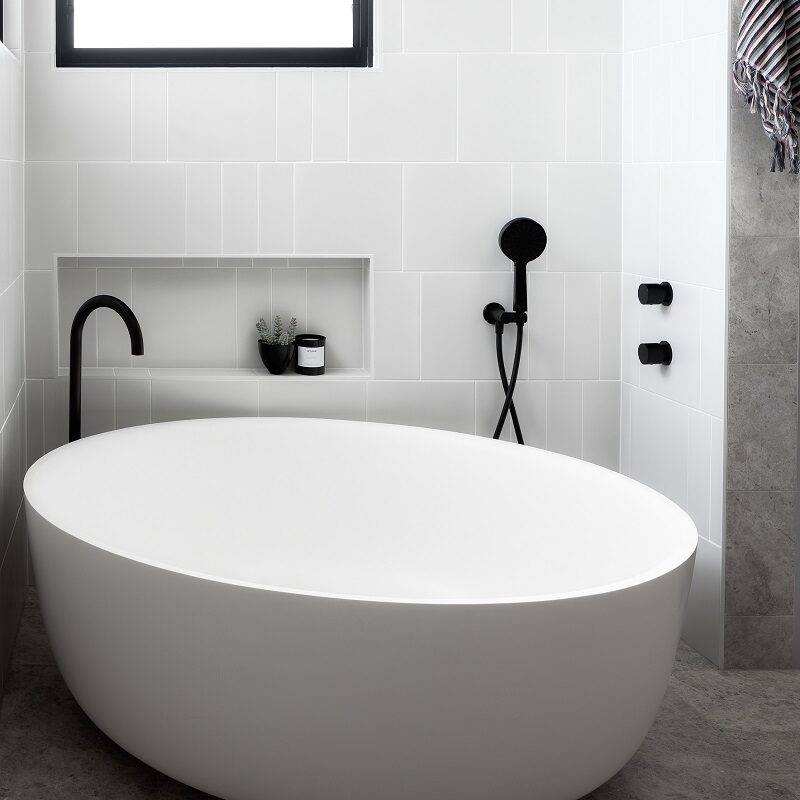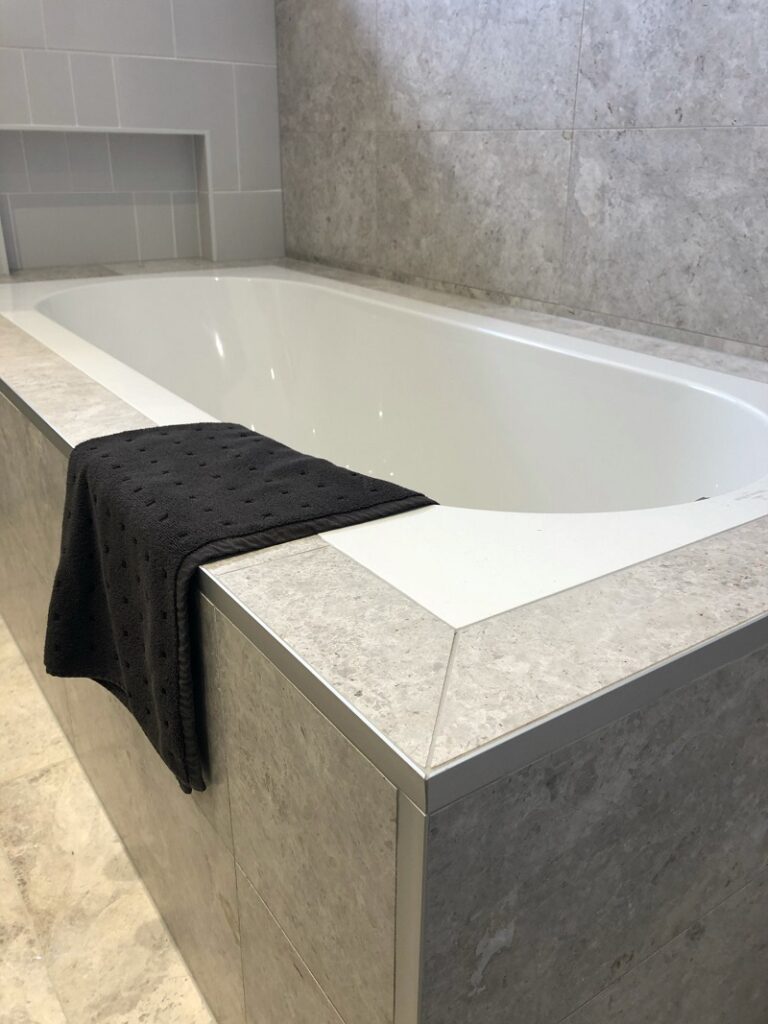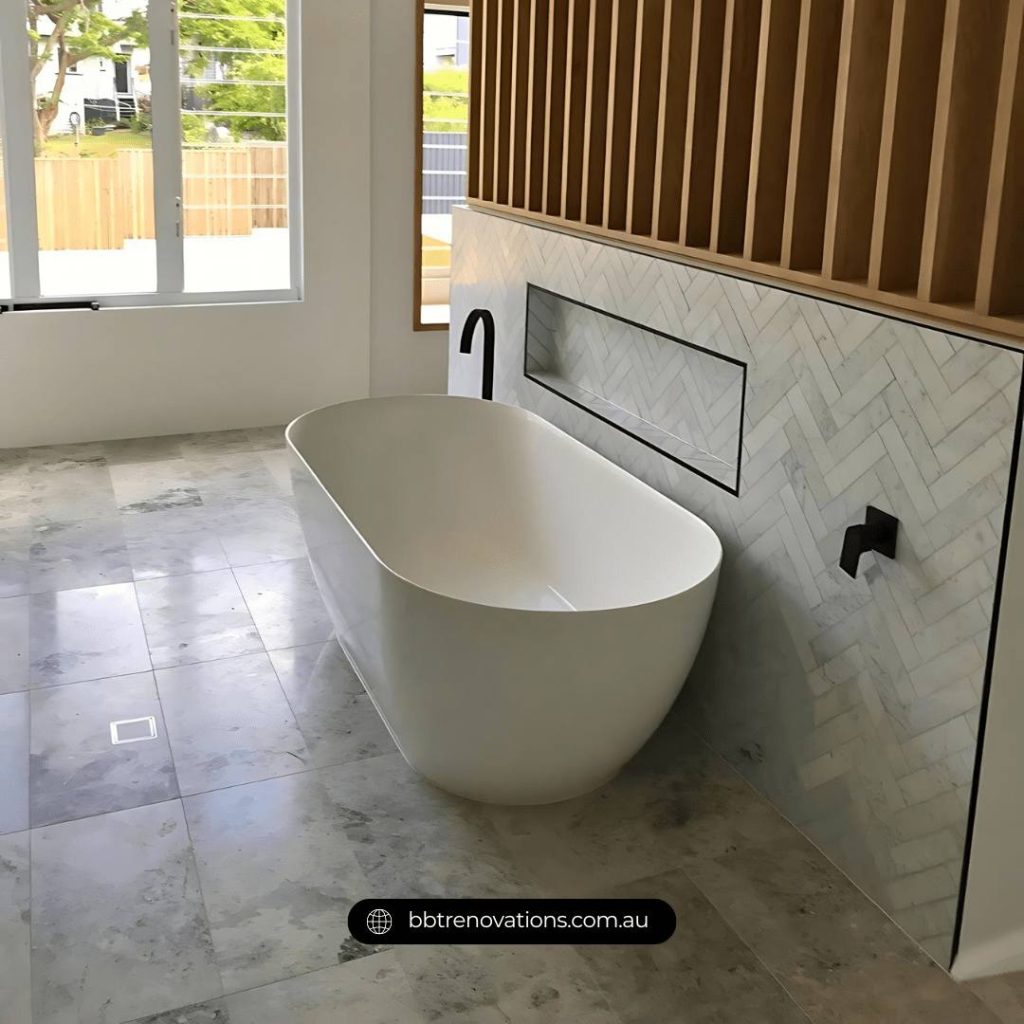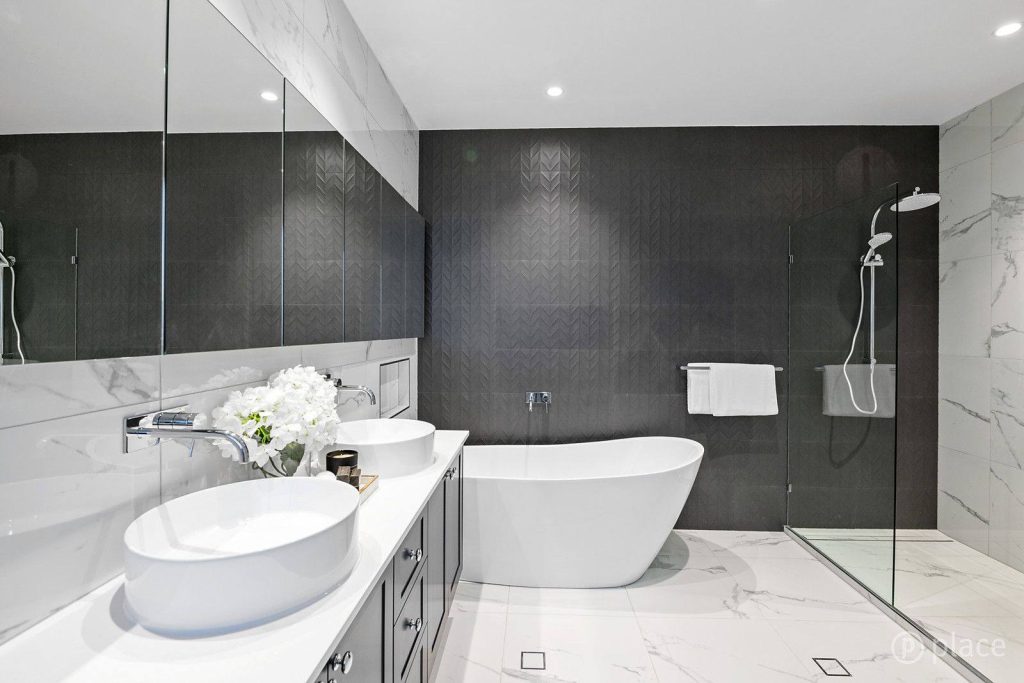Embarking on the journey of selecting a new bathtub can be both thrilling and somewhat daunting. With an extensive selection of options available in the marketplace today, it is entirely natural to feel a touch overwhelmed initially. Nevertheless, there is no cause for concern. You are taking the first step towards discovering the ideal addition to your bathroom that will not only enhance its aesthetic appeal but also improve its functionality.
Your perfect bathtub selection is significantly shaped by essential factors such as your bathroom dimensions, budget, and personal style preferences. Are you seeking a deep soak for the ultimate relaxation experience or a quick splash for practical convenience?
Perhaps you envision creating a luxurious spa-like atmosphere or are looking for something more utilitarian and functional?
The choice of bathtub you make can profoundly impact your ability to unwind and recharge. The right bathtub can metamorphose your bathroom into a tranquil oasis, providing the perfect retreat from the daily stresses of life. Let’s delve into some popular bathtub types that will guide you towards finding your ideal match.

Key Considerations for Selecting Your Ideal Bathtub
Choosing the right bathtub can significantly enhance your overall bathroom experience. It is crucial to contemplate various factors, including materials, dimensions, styles, and the installation process, to ensure a perfect fit for your unique space.
In-Depth Exploration of Bathtub Materials and Their Unique Benefits
Bathtubs are crafted from a variety of materials, each presenting distinct advantages and characteristics. Below are some of the most commonly utilised options:
- Acrylic: This lightweight material is not only easy to maintain but also excels in heat retention, ensuring you enjoy long, soothing baths without the water cooling too quickly.
- Cast iron: Renowned for its classic aesthetic and exceptional durability, cast iron bathtubs can last a lifetime with the right care and maintenance.
- Fibreglass: A budget-friendly option, this lightweight alternative is easy to handle and install, although it may not offer the same longevity as other materials.
- Stone: Celebrated for its luxurious appearance and distinctive characteristics, stone bathtubs often come at a higher price point, appealing to those seeking an opulent touch.
Each material offers a unique aesthetic and tactile experience. Reflect on which qualities resonate most with your preferences as you make your selection.

Determining Bathtub Sizes to Suit Your Unique Bathroom Space
Bathtubs are available in a myriad of sizes to accommodate diverse spaces and user requirements. When deciding on the appropriate size for your new bathtub, consider these essential factors:
- Dimensions of your bathroom – Evaluate how much space you have available for a bathtub.
- Height of potential users – Factor in the height of those who will be using the bathtub.
- Desired space for comfort – Do you prefer some extra room to stretch out and fully enjoy your bath?
Typically, standard bathtubs measure approximately 150 cm in length and 75 cm in width. However, there are options available for both smaller and larger dimensions. Be sure to measure your available space accurately before finalising your purchase to avoid any fitting complications.
Exploring the Diverse Styles and Shapes of Bathtubs
An array of bathtub styles is available to cater to various preferences and aesthetics. Here are some popular choices:
- Freestanding: This independent design often adds a touch of elegance and sophistication to any bathroom, making it a centrepiece.
- Alcove: Specifically designed to fit snugly between three walls, making them ideal for compact spaces.
- Corner: These bathtubs are engineered to fit seamlessly into a corner, maximising space efficiency.
- Drop-in: These tubs are set within a frame or deck, allowing for a sleek and seamless appearance.
The shape of your bathtub can significantly influence both the overall aesthetic and user experience of your bathroom. Oval tubs offer enhanced comfort, while square designs can impart a modern and minimalist vibe. Consider which style aligns best with your bathroom's overall design and décor.

Evaluating Different Installation Methods for Your Bathtub
The method of installation you choose for your bathtub is vital, as it can affect both the overall cost and the complexity of the installation process. Here are some common installation types:
- Built-in: Designed to fit seamlessly within a designated space in your bathroom for a polished look.
- Freestanding: This type requires no additional support, allowing for flexible placement throughout the space.
- Walk-in: Equipped with a door for easy access, making it ideal for individuals with mobility concerns or disabilities.
Consider the needs of those who will be using the bathtub and the level of installation efforts you are prepared to undertake. Some models are more straightforward to install than others, and in certain cases, you may require professional assistance to ensure proper installation.
Critical Factors to Consider Beyond Basic Bathtub Selection
When it comes to selecting the right bathtub, there is far more to contemplate than just size and type. Factors such as comfort, style, and maintenance requirements play pivotal roles in your overall decision-making process. Let’s take a closer look at some key elements that deserve your attention.
Enhancing Bathroom Comfort with Considerate Features
Comfort is a paramount factor that can significantly enrich your bathing experience. Look for bathtubs that feature ergonomic designs to provide necessary support for your body. Certain models come equipped with built-in headrests or armrests that can greatly enhance your relaxation experience while soaking.
Moreover, textured surfaces can improve safety by minimising the risk of slips during bathing. Many bathtubs are now available with massage jets that deliver a spa-like experience, helping to alleviate muscle tension and promoting better circulation throughout your body.
Temperature control is another pivotal comfort feature worth considering. High-end bathtubs may incorporate integrated heating systems that maintain your water temperature for extended periods, allowing you to indulge in a longer, more luxurious soak without the inconvenience of refilling with hot water.
Choosing the Perfect Colour and Design for Your Bathtub
Your bathtub can serve as a striking focal point within your bathroom. While classic white remains a timeless choice that complements most decors, don’t hesitate to explore alternative colours. Soft shades of grey, beige, or even vibrant hues can inject personality and charm into your space.
Take the overall aesthetic of your bathroom into account when making your selection. A sleek, modern bathtub may clash with a traditional setting. Freestanding tubs often act as captivating centrepieces, while built-in options can seamlessly blend with your bathroom's overall design.
The choice of material is also pivotal, as it greatly influences both the visual appeal and tactile experience of your bathtub. Glossy acrylic tubs are popular for their ease of maintenance, while stone or concrete tubs offer a distinct, luxurious aesthetic. Additionally, metal tubs, such as those made from copper, can infuse a vintage charm into your bathroom.
Effortless Maintenance and Cleaning of Your Bathtub
Selecting a bathtub that is easy to maintain can simplify your daily routine and save valuable time. Different materials exhibit varying levels of resistance to stains and scratches. Acrylic and fibreglass tubs are known for their low-maintenance properties, requiring merely simple wipe-downs to remain clean and in good condition.
While cast iron tubs with enamel coatings are robust, they can be prone to chipping. If this occurs, it is crucial to repair any damage promptly to avert rust development. Natural stone tubs may require periodic sealing to protect against stains and enhance their longevity.
Additionally, consider the shape of your bathtub in relation to cleaning practicality. Tubs with intricate corners or textured surfaces can present challenges during cleaning. In contrast, smooth and simple designs are often easier to maintain. Some modern models even incorporate self-cleaning features, offering significant time-saving advantages.
Connect with Brisbane’s Leading Bathroom Renovation Professionals
If you are ready to discover your perfect bathtub or have any inquiries regarding your upcoming bathroom renovation project, please do not hesitate to reach out to us today for expert guidance and assistance.
Thorough Answers to Frequently Asked Questions About Bathtubs
Choosing the right bathtub demands careful contemplation of various aspects such as size, material, and design. The following common inquiries can serve as a valuable guide during your decision-making process.
How Can I Accurately Measure the Size of My New Bathtub?
Accurately measuring your bathroom space is crucial. Consider who will use the bathtub and how often. A standard bathtub typically measures around 1.5 metres in length, but there are variations available with both shorter and longer options. Always verify your doorways and hallways to ensure that the bathtub can be manoeuvred through them without any complications.

What Are the Key Benefits of Choosing a Porcelain Bathtub Over a Plastic One?
Porcelain bathtubs offer exceptional durability and resistance to scratches, ensuring they maintain heat for prolonged periods while providing a solid and luxurious feel. In contrast, plastic tubs are lighter and generally more affordable. They are easier to install and come in a broader variety of shapes and designs. Your final decision will rely on your budget and specific needs.
Which Bathtub Material is Most Appropriate for My Renovation?
Acrylic stands out as a popular choice for renovations due to its lightweight nature, warmth to the touch, and ease of cleaning. If you desire a classic look and are not overly concerned about weight, cast iron could be an excellent alternative. Fibreglass represents a cost-effective option, although it may not match the durability of other materials. Reflect on your style preferences, budget, and the desired longevity of the bathtub when making your selection.
What Bathtub Material Should I Choose If I Have Hard Water at Home?
If hard water is a concern in your household, it is advisable to select non-porous materials like acrylic and porcelain, as they resist stains and are easier to clean. Avoid materials such as copper or natural stone, which may react unfavourably with hard water and become stained easily over time.
Acrylic vs Fibreglass Tubs: Which Should I Choose?
Acrylic tubs are typically more durable and excel in heat retention compared to fibreglass alternatives. They also show greater resistance to scratches and chips. Conversely, fibreglass tubs are lighter and generally more budget-friendly, making them an appealing choice for those seeking affordability. If durability and longevity are paramount, investing in an acrylic tub may be worthwhile.
What Essential Information Should I Know About Alcove Bathtubs Before Making a Purchase?
Alcove bathtubs are specifically designed to fit snugly between three walls, making them an excellent choice for compact bathrooms. They usually offer easier installation compared to freestanding models. Be sure to accurately measure your available space before proceeding. Additionally, consider whether you wish to have a shower-tub combination and verify if you require a left-hand or right-hand drain for proper installation.
What sort of bathtub should I choose? A quick guide to finding your perfect soak
The Article: Choosing the Right Bathtub: A Quick Guide to Your Perfect Soak first appeared on https://writebuff.com
The Article Bathtub Buying Guide: Find Your Perfect Soak Today Was Found On https://limitsofstrategy.com

